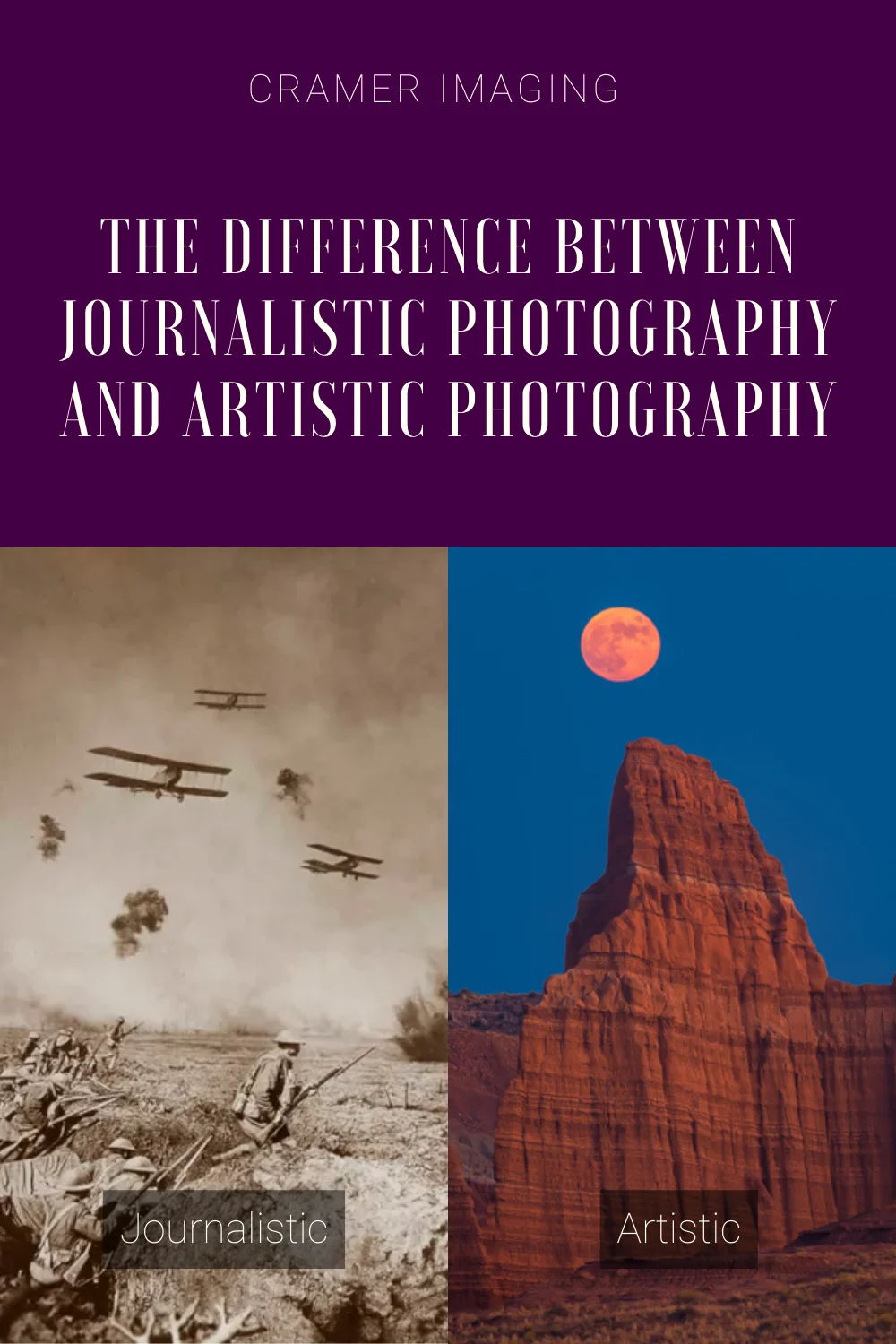
We see a lot of photographs on televisions, in newspapers, and plastered all over the internet. Photos are everywhere these days. Thanks in part to this level of proliferation, we’ve come to expect them to reflect reality. But what does that mean? Let’s start by taking a look at one of the early examples of journalistic photography.
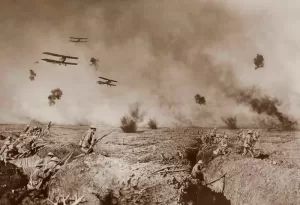
This photograph above was taken by Australian photographer Frank Hurley during World War I. In it, we see the soldiers in the trench, biplanes flying over, and lots of billowing smoke. What isn’t immediately apparent is that this photograph is a composite of about three separate shots. Frank Hurley was condemned for doing it. However, war artists often painted images that didn’t occur just as they were seen. Do consider that most news images of World War I were drawn or painted since photography was still difficult and expensive.
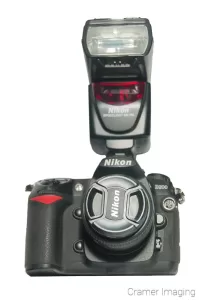
The thing is that photographs capture what was there. When you open the shutter, you basically capture what your eye would have seen in the same situation. Due to this, a lot of people end up thinking that any modification to an image, outside some minor sharpening, somehow is cheating. This is so established that journalist photographers are taught to only do some minor black and white adjustment, some minor sharpening, and some face blurring to protect the innocent from unwanted attention.
Something we need to consider is whether or not the above image actually reflects reality Clearly it doesn’t reflect any exact scene that anyone could have seen at any given time. However, I would argue that it does, in fact, reflect the reality of the conditions in that place in World War I and it does so far better than any artist’s rendering with a paint brush could have ever done. All the elements present in this photo are realistically captured as they were not as how someone else saw them and then tried to draw them.
There are a few considerations such as the smoke was there but couldn’t be captured with the trenches and soldiers. The planes flew overhead but the exposure that was needed to capture the planes would have left the ground too dark and the exposure capturing the detail in the trenches would have left the planes with motion blur. The photo doesn’t reflect a single moment in time in front of the camera but it is a realistic representation of the scene.
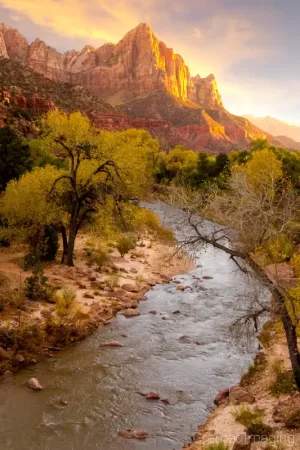
Of course we’re still in the realm of journalistic photography. What about fine art photography? Where does that fit in? What is cheating in fine art? Some like to argue that you should just get it right in the camera in the first place but, as we saw in the example from World War I, sometimes that just isn’t possible. So is it cheating to alter and composite the photo later?
First off, when it comes to art, there really isn’t cheating. Art is expression. It requires vision. That expression and vision might reflect reality and, at the same time, it might not be what the camera saw. It might not even reflect reality. Since expression comes from emotion, remember that emotions rarely reflect reality properly.
Digital photography and digital editing have given us many more options to create beautiful images but, unless they’re going to be published as journalistic photos (widely accepted as an accurate reflection of the specific reality at that exact time and place), then there’s a good chance the image has been edited. Even then there’s often a lot of editing and compositing which doesn’t change the reality of the image.
Let’s start with whether or not it’s cheating to not paint a scene exactly as you see it in front of you. No one, at this point, is going to argue that painting a scene slightly different from reality, like that below, is cheating. It’s more about the artist’s final vision than what the scene really looked like.

Now you would never use a lot of photo development techniques for journalistic photography which you would use in fine art and landscape photography. Remember, artistic photography is about accomplishing a vision. Journalistic photography is about being accurate to life (with the restrictions in technique listed above).
The clone stamp tool gets a lot of hate but it’s exceedingly useful. Dust and tourists, though unavoidable, don’t contribute to that overall artistic vision. Power lines often don’t contribute either. Thanks to the clone stamp tool or the heal brush, I can remove those distractions quickly and painlessly.
Thanks to some of these tools at my disposal, I removed them easily to create this beautiful landscape photo tourist-free.
Was removing them cheating? Absolutely not.
Spot removal is considered completely unacceptable in journalistic photography but essential in artistic photography.
The another common change is sky replacement. You often want some interest in the sky. A dull grey or blue sky isn’t very interesting nor is a blown out white sky. Some color in the sky helps but a few dramatic clouds makes the shot even better. The problem is that the interesting clouds don’t often occur when you’re there getting the shot. What’s worse, good clouds often cause the light to do strange and undesirable things. Instead, a lot of photographers will have a collection of dramatic skies that they can put into shots when it works.
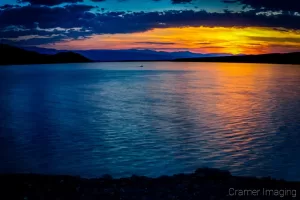
Keep in mind that a sky replacement is a specific tool which you can’t always use. If there’s a reflection of the sky in water, you have to match above and below. Also, the clouds have to be right for the light and direction in general. In short, doing a sky replacement is as much an art as crafting a final fine art photograph can be.
Sky replacements never happen in journalistic photography.
So, to sum it all up, journalistic photography and fine art photography are two very different approaches to the medium of photography. While journalistic photography reflects the real world without substantive changes, except perhaps to obscure the identity of certain individuals, or to blur out inappropriate content, fine art photography compares more like painting. It is indeed the creation of art.


Receive monthly updates in your inbox from us.

Join our email-only photo of the week club to get the full stories behind how we captured our favorite fine art landscape photos.
We respect your privacy
No More Results